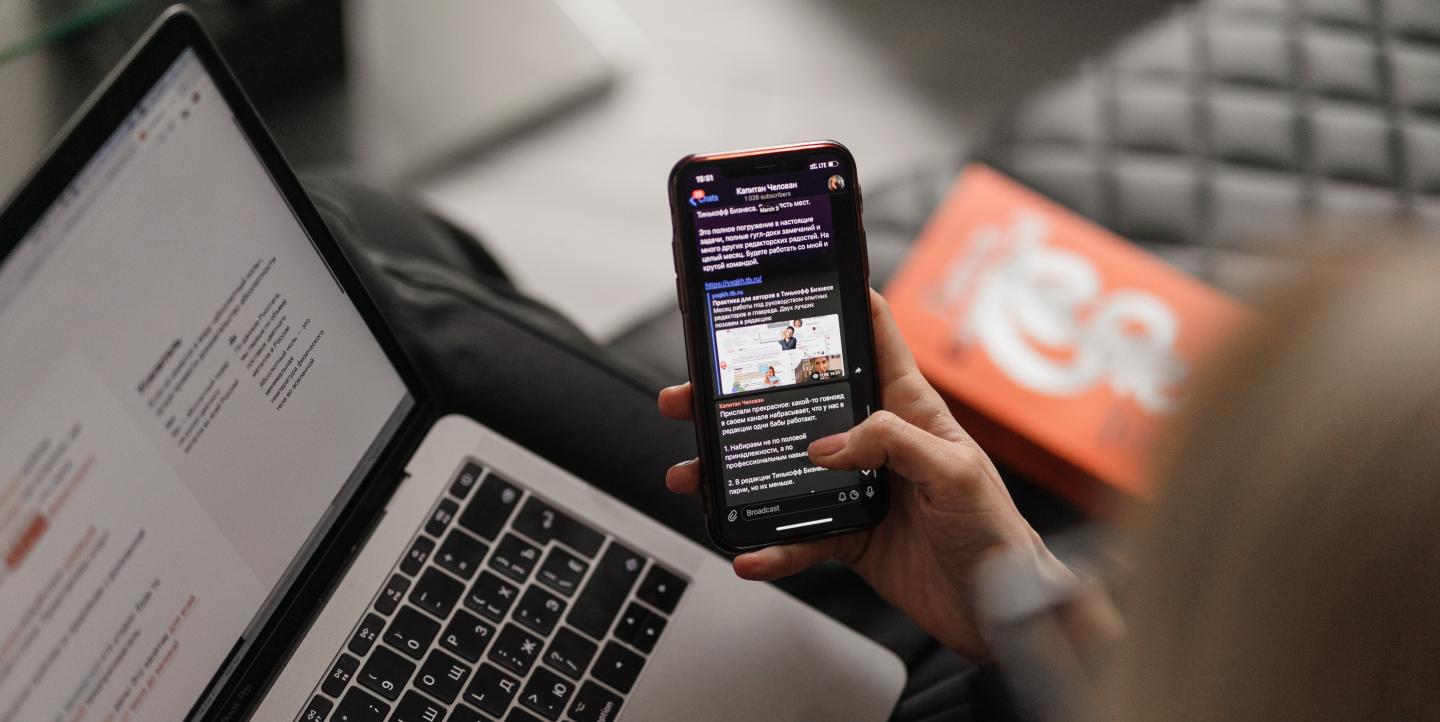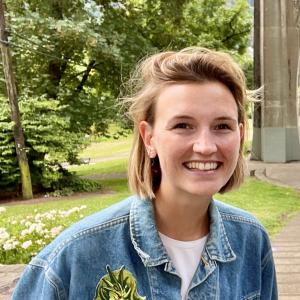As an Arthur F. Burns Fellow from Germany, I was able to look behind the scenes at the newsletter start-up 6AM City for two months. This is how clever curating can create a multimillion-dollar business:
Hyperlocal, constructive journalism — that is how the founders of the newsletter start-up 6AM City want to fight against the death of local news in the U.S. And they have generated a multimillion-dollar business from it.
6AM City is now one of the largest newsletter publishers in the U.S. In 2016, Ryan Johnston and Ryan Heafy — neither are journalists, but instead one is an entrepreneur and the other an engineer — founded the company in Greenville, South Carolina. Six years later, newsletters from 6AM City flutter into inboxes in a total of 25 American cities at 6 a.m. every day.
The strategy: In media markets in which the few remaining local media concentrate primarily on crime and police reporting, 6AM City creates a counter offer. Their newsletters encourage local communities to engage with their lifestyle, food and event reporting. Over a million people currently subscribe to the daily newsletter. It’s a growing trend.
In August and September 2022, I was a Burns Fellow on the editorial board of PDXtoday, the 6AM City’s Portland outlet. Two city editors and one sales person have been responsible for day-to-day business there since November 2021. As a writer, I supported the editors there, wrote city guides and lead articles on the history of the city and, above all, exchanged a lot of ideas with those responsible for product and corporate strategy.
I would like to share the following five lessons with you after my stay there — about working on a small newsletter team and about the newsletter business in the U.S. in general.
Go where there is no information available
“Filling the void” is one of the strategies for success that newsletters in the U.S. are pursuing. In concrete terms, this means identifying communities without robust local news sources, because in some cases print media have cut back their reporting or have folded. Even more than in Germany, there are veritable “news deserts” in the U.S. — places and regions where there is little or no local media. Both 6AM City and Axios, a highly-successful newsletter publisher in the U.S., have identified these gaps and are consistently filling them by increasingly putting out feelers into the regional and local areas and establishing newsletters there.
Know what NOT to do
At 6AM City there is a clear vision for the product: Reach users in a constructive, emotionally positive way with daily stories and news that should arouse a sense of pride in where they live ("pride in place"). What 6AM City explicitly leaves out: national politics and crime reporting. This first seemed strange to me as a journalist from the German public broadcasting system (with the clear mission to serve every audience and not make money from it), but 6AM City has recognized it as a clear user and market need.
National politics is polarizing in the U.S. People are explicitly turning away from this news; there is no dialogue, but hardened fronts. The user need that can be served instead: People want to be positively connected to where they live on a personal level and to be informed. With a mix of lifestyle, events, food, culture and community, 6AM City meets this need for users and thus binds them sustainably.
Curate: big reach for small teams
At 6AM City, two “city editors” handle the weekly newsletter for each outlet. In addition, they distribute their content on four social media platforms. They research one lead article per day. News that is important to the city community is curated — in part from other media outlets.
The product is designed in such a way that excellent curating is considered part of the product when human resources are scarce. In this way, supposed market competitors also benefit from the reach of the 6AM City newsletter, in that news items or social posts that fit the constructive approach of the newsletter are prominently linked and displayed in the newsletter. The city editors thus become voices in the local communities, whose daily research and recommendations carry weight.
Hyperlocal instead of regional
Not new: People are interested in what directly affects them where they live or in their community. 6AM City therefore defines, for example, the radius in which events and news are still relevant for the hyper-local newsletter. Around 85% of the newsletter’s content is focused on the city itself, with limited coverage in the region if the event is large enough and directly connects to the city’s residents. German hyper-local blogs like “Mit Freude” have been very successful in this regard for a long time.
Keep an eye on all target groups
When designing their product, many newsletter publishers don’t just have the end user in mind. The product is only successful if it is also financially viable. With 6AM City, advertising customers were considered as an additional target group from the very beginning. Local advertisers have increasingly withdrawn from the advertising markets in recent years because they did not want to associate their business with the predominantly negative reporting in most local media.
With this constructive approach, 6AM City can also convince potential advertising customers to invest in the product - in order to make it financially sustainable.
What I learned
Small teams can work extremely successfully — if there is a clear product strategy that specifies what a product must do and can no longer do. Making a successful digital product always means identifying and accepting the needs of users and combining them with journalistic ideas.
What it also means: Differentiated user focuses are necessary in order to meet needs precisely. Reflecting on my specific work as a team leader and channel manager at Bayerischer Rundfunk (BR) in Germany, this also means that not every digital product can and must always serve ALL the elements of our public service mandate. However, what we in the German public media sector– more than private media providers – have to pay attention to is that thematic and political internal plurality is maintained across all products.
Newsletters at BR
The BR also offers various newsletters — from media libraries and podcast recommendations to recipe tips and classic events. My colleague Ulrike Herm has already described the strategic and target group-oriented orientation of the newsletter for BR Next.
Hyperlocal newsletters are not included, as the Interstate Broadcasting Treaty prohibits us. But regionally we offer Bavaria-wide news with the BR24 newsletter.
Photo by Maxim Ilyahov on Unsplash.
This article was first published in German on Medium.
If you want to spend two months learning at a foreign media outlet, you can apply for the Arthur F. Burns Fellowship for Canadian, German and U.S. journalists. The deadline for German journalists has passed; North American applicants still have until March 1 to apply for 2023. Information can be found here.


